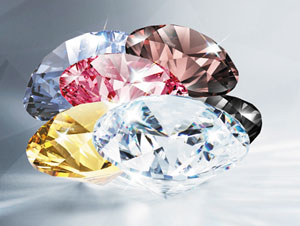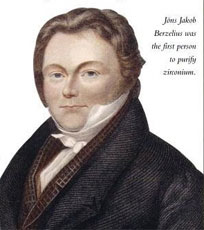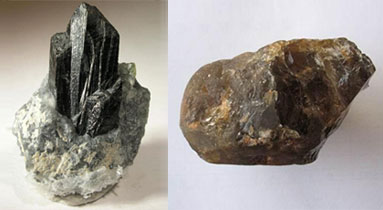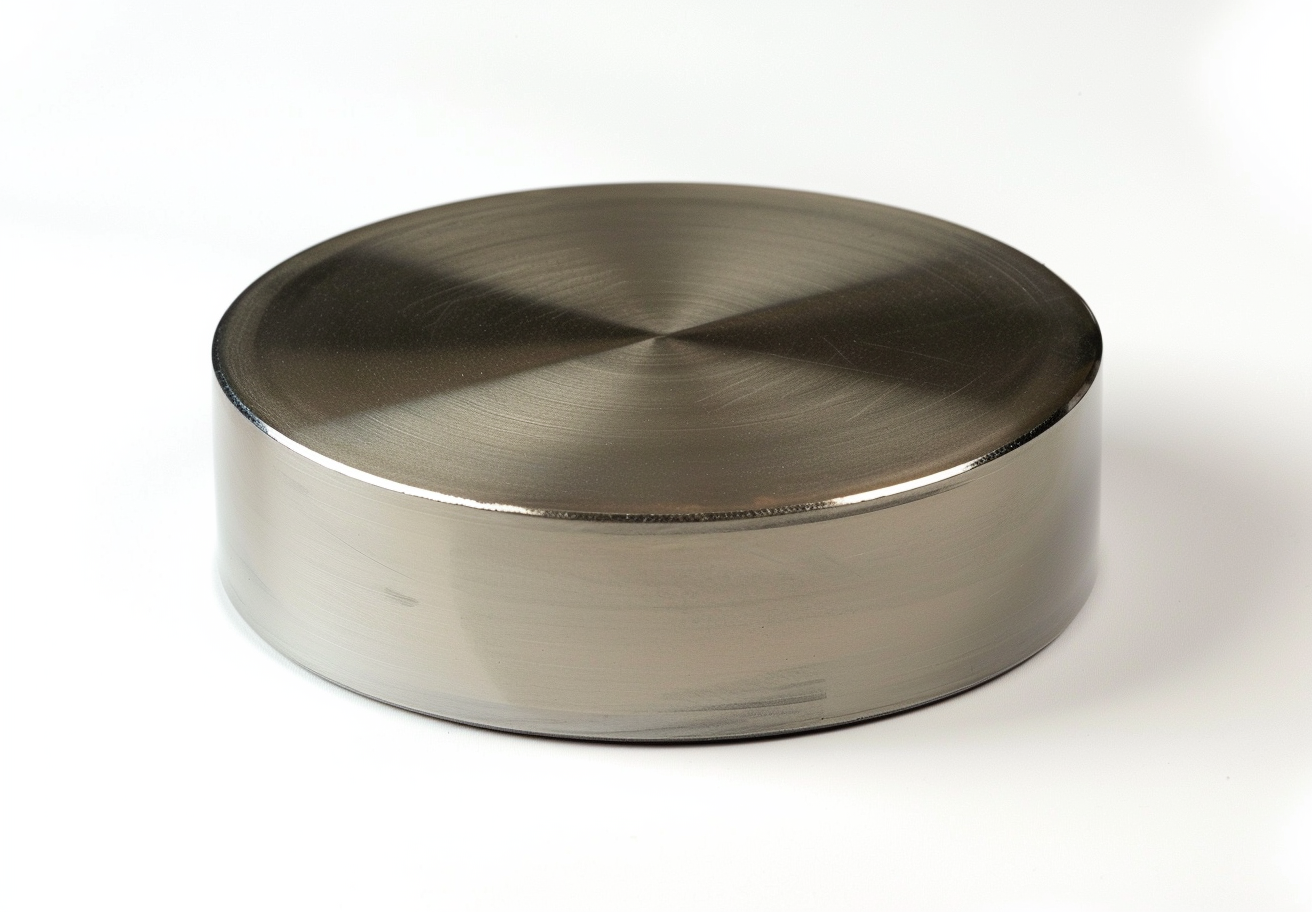Where Zirconium Is Found On Earth
History of Zirconium Discovery
Zircon has been used in jewellery for centuries. It is referenced in the Bible as one of the 12 gemstones worn by the high priest in Israel. Zircon occurs in a range of colours from orange to red, and when colourless, it exhibits a brilliant shine after cutting. Consequently, zircon was long erroneously regarded as a soft diamond.
The discovery and extraction of zirconium are chiefly attributed to two chemists – the German Martin Heinrich Klaproth and the Swedish Jöns Jacob Berzelius – who both contributed to the purification of zirconium.

In 1789, the German chemist Martin demonstrated that zircon was not a diamond, thereby clarifying previous misconceptions regarding the mineral. By heating zircon with sodium hydroxide, he observed that an oxide formed. Martin deduced that this oxide contained a previously unidentified element. He termed the oxide Yttria Stabilized Zirconia and named the new element zirconium.

Martin was unable to extract pure zirconium because its chemical behaviour closely resembled that of hafnium. Hafnium was frequently detected in zirconium ores containing zircon. It was only 35 years later, in 1824, that the Swedish chemist Beche Leigh Aas extracted pure zirconium. Although several chemists were involved, none succeeded until Aas heated a mixture of potassium and potassium fluoride in an iron tube. The purity of the resulting black zirconium powder was 93%. High-purity zirconium was not produced until 100 years later. Today, most zirconium is derived from zircon (ZrSiO4) and ZrO2, and the extraction process is known as the Kroll Process.
Origin of the Name Zirconium
The term zircon originates from the Persian word "Zargun". Zircon jewellery exhibits distinctive colours. Red, brown, green and yellow varieties are common, and colourless zircon is also frequently encountered.

Global Reserves of Zirconium Resources
More than 40 types of zirconium and hafnium deposits have been identified. Of these, only 10 types are significant for the mining industry. Zircon and Baddeleyit are the only minerals used for industrial production.
According to the U.S. Geological Survey (USGS) statistics from 2015, global zirconium reserves amount to 78 000 000 tonnes, with the zircon resource volume exceeding 60 000 000 tonnes (ZrO2). Australia and South Africa hold the largest shares, accounting for 65.38% and 17.95% of the reserves, respectively. Deposits are also relatively abundant in countries such as India, Mozambique and Indonesia.
Global Zirconium Production
According to the US Geological Survey in 2015, global zirconium production in 2014 reached 1 540 000 tonnes. This figure represents a decrease of 30 000 tonnes compared to previous data. Australia leads with a production of 900 000 tonnes, representing 58.44% of the total global production.

 Bars
Bars
 Beads & Spheres
Beads & Spheres
 Bolts & Nuts
Bolts & Nuts
 Crucibles
Crucibles
 Discs
Discs
 Fibers & Fabrics
Fibers & Fabrics
 Films
Films
 Flake
Flake
 Foams
Foams
 Foil
Foil
 Granules
Granules
 Honeycombs
Honeycombs
 Ink
Ink
 Laminate
Laminate
 Lumps
Lumps
 Meshes
Meshes
 Metallised Film
Metallised Film
 Plate
Plate
 Powders
Powders
 Rod
Rod
 Sheets
Sheets
 Single Crystals
Single Crystals
 Sputtering Target
Sputtering Target
 Tubes
Tubes
 Washer
Washer
 Wires
Wires
 Converters & Calculators
Converters & Calculators
 Write for Us
Write for Us
 Chin Trento
Chin Trento



